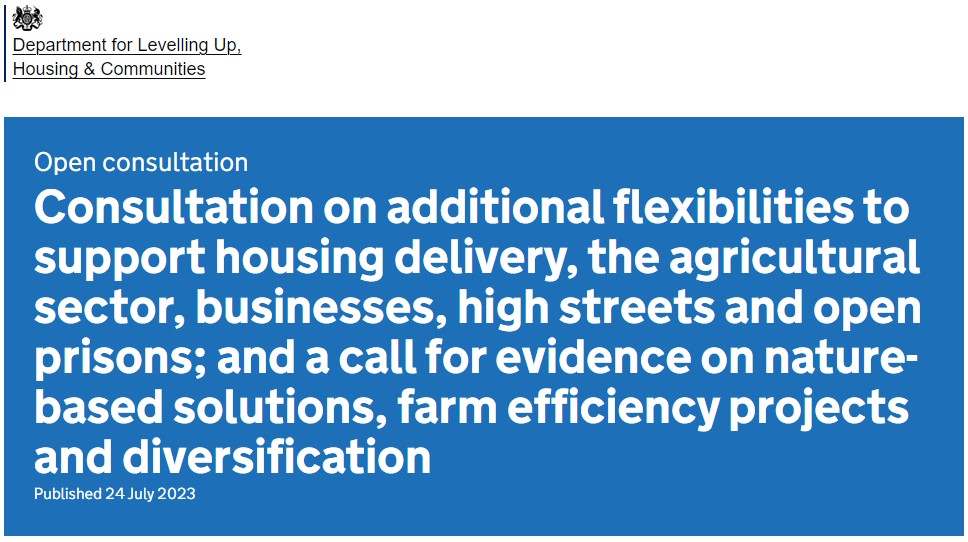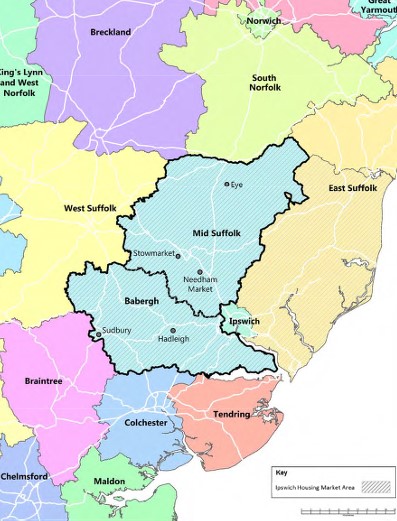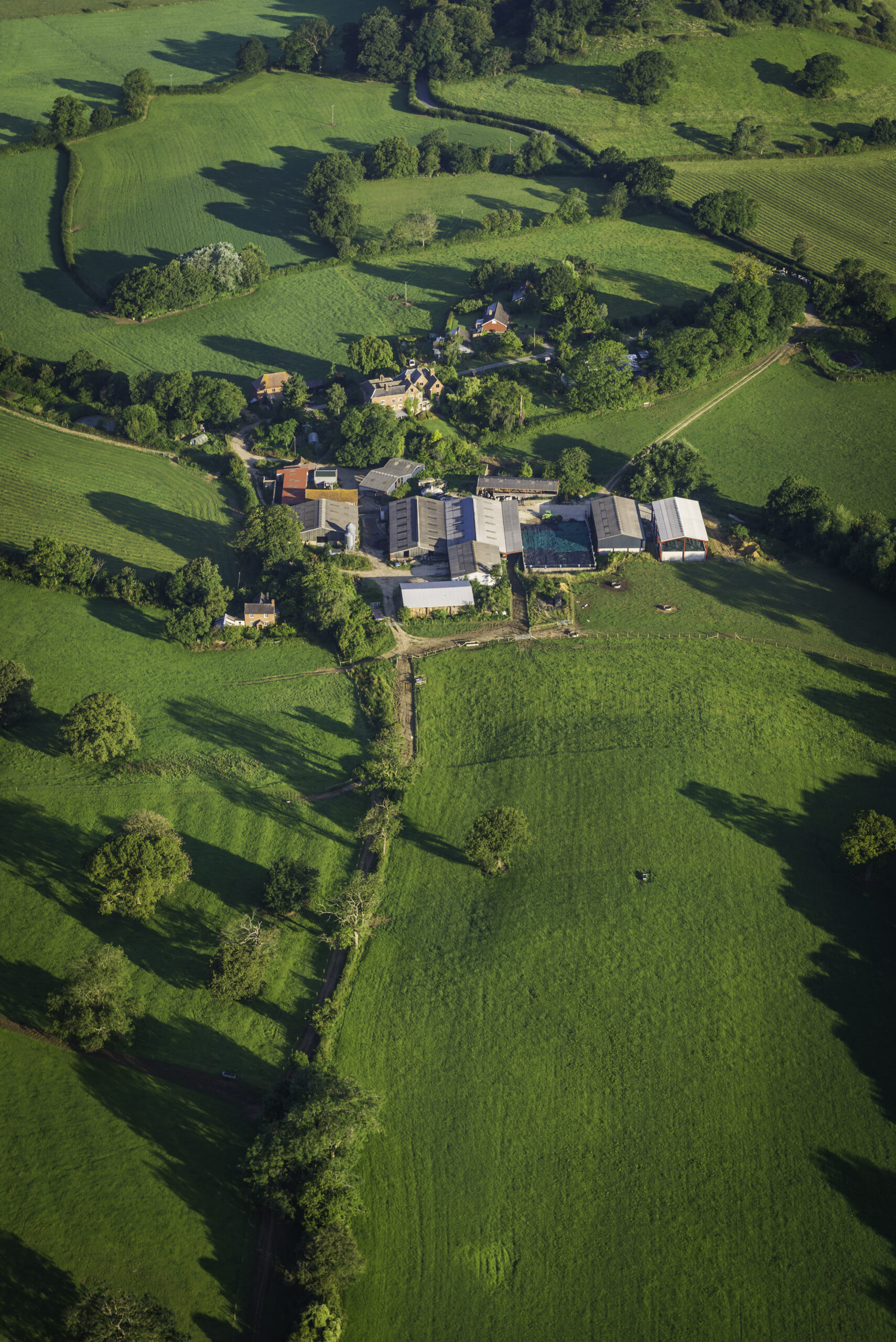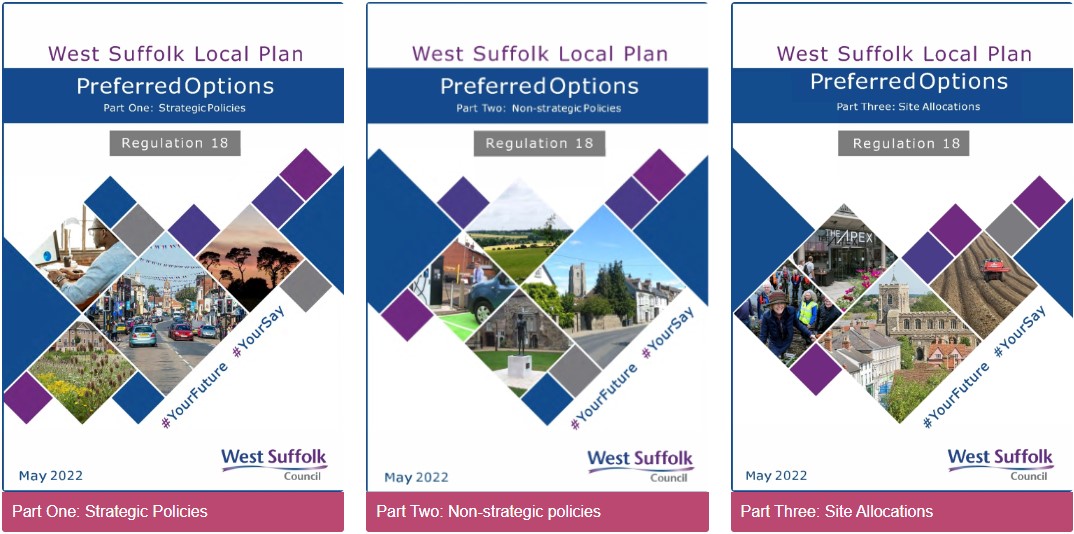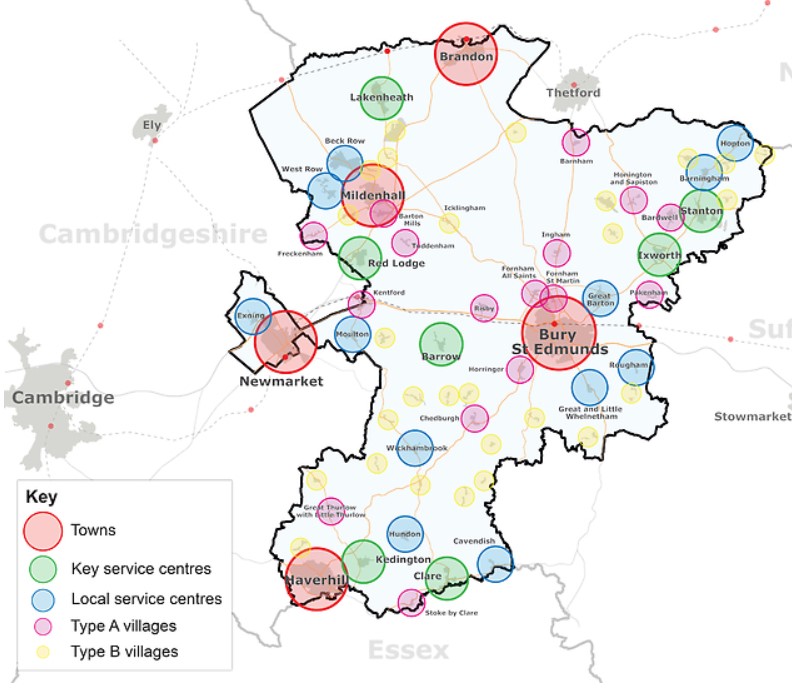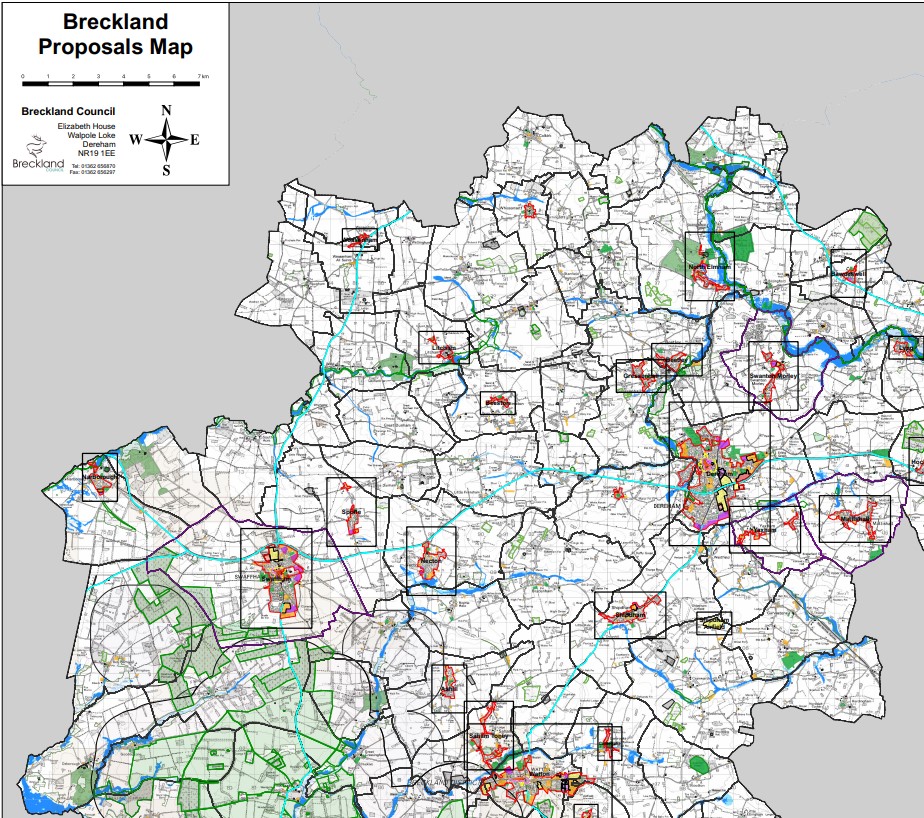Blog
Levelling Up and Regeneration Bill receives Royal Assent
On 26th October 2023 the Department for Levelling Up, Housing and Communities (DLUHC) announced that the Levelling Up and Regeneration Bill had received Royal Assent and is now law.
The Levelling Up and Regeneration Act (referred to as The Act) includes substantial planning reforms as well as giving greater power to Local Council’s amongst other measures. The Act is at the heart of the Governments long term commitment of delivering one million homes over this Parliament and to ensure new development is built more beautifully, provides more local infrastructure (Schools, GP Surgeries and transport links), is shaped by local people’s democratic wishes, enhances the environment, and creates neighbourhoods where people want to live and work.
Planning measures in The Act aim to achieve the following:
- Put local people at the heart of development – making it easier to put Local Plans in place and requiring design codes that set out where homes will be built and how they will look. It is hoped that these plans will deliver more homes in a way that works for communities.
- Boost local services – requiring developers to deliver vital infrastructure. This is intended to put an end to “lifeless” edge-of-town developments with no community assets and ensure developers deliver the schools, doctor’s surgeries and public services communities need and expect. Further details on these measures will be set out shortly.
- Encourage developers to get building – giving communities updates on the progress of development and giving councils the chance to consider slow build-out rates when deciding whether to approve planning applications from developers.
The Act sets out six over-arching goals:
- A Genuinely Plan Led System
The Act will introduce a set of National Development Management Policies. These will set generic policies applicable in most areas and sits alongside Local Plan Policies in decision-making, allowing Local Plans to focus on policies specifically relevant to their jurisdiction. Should there be a conflict between the National Development Management Policies and the Local Plan policies, the National Development Management Policies will take precedence.
- Delivering Infrastructure
The Act sets the framework for the introduction of a new Infrastructure Levy which largely replaces the current system of developer contributions (Community Infrastructure Levy and S106 obligations) as a charge on development for Infrastructure. The Community Infrastructure Levy was based of floor space, the Infrastructure Levy has shifted the focus and will be charged on the value of the property when it is sold.
- Creating Beautiful Places and Improving Environmental Outcomes
Local Authorities will be required to produce design requirements for planning permission for development to be granted. These can be included within the Local Plan or through a supplementary plan document.
- Regeneration
The Act empowers local leaders to regenerate towns and cities by a number of means, including making the temporary measures implemented during Covid for pavement licenses (allows cafes, pubs and restaurants to put furniture on the highway) permanent.
- Market Reform
Introduces a new process of ‘commencement notices’, which will be required when a scheme with planning permission starts on site and will contain a timescale for building-out the development. If development does not come forward in line with the timescale, planning permission can be revoked.
- Wider Improvements to Development Management Procedures
- The period for taking enforcement action has changed; previously this varied depending on whether the works related to operational development (physical alterations to the land) or a change of use (4 and 10 years respectively). The Act introduces a single time period of 10 years.
- Fees for retrospective planning applications will double.
- Fines issued in relation to a breach of condition notice will increase.
- Applicants will only have one opportunity to obtain retrospective planning permission.
- Gives Councils the chance to consider an Applicants previous build-out rates when determining a planning application.
Whilst The Act is now law, we will have to wait for many of the provisions within the Act to emerge via secondary legislation and associated reforms in order to assess its overall impact on the planning system.
To discuss any planning related matters please contact Dan Hewett

